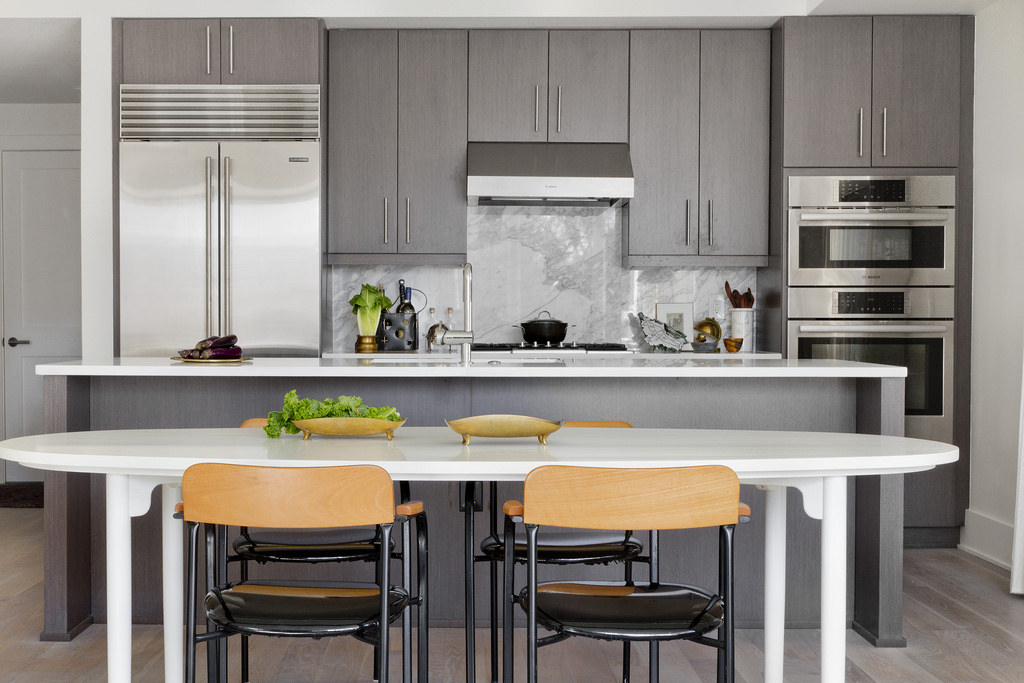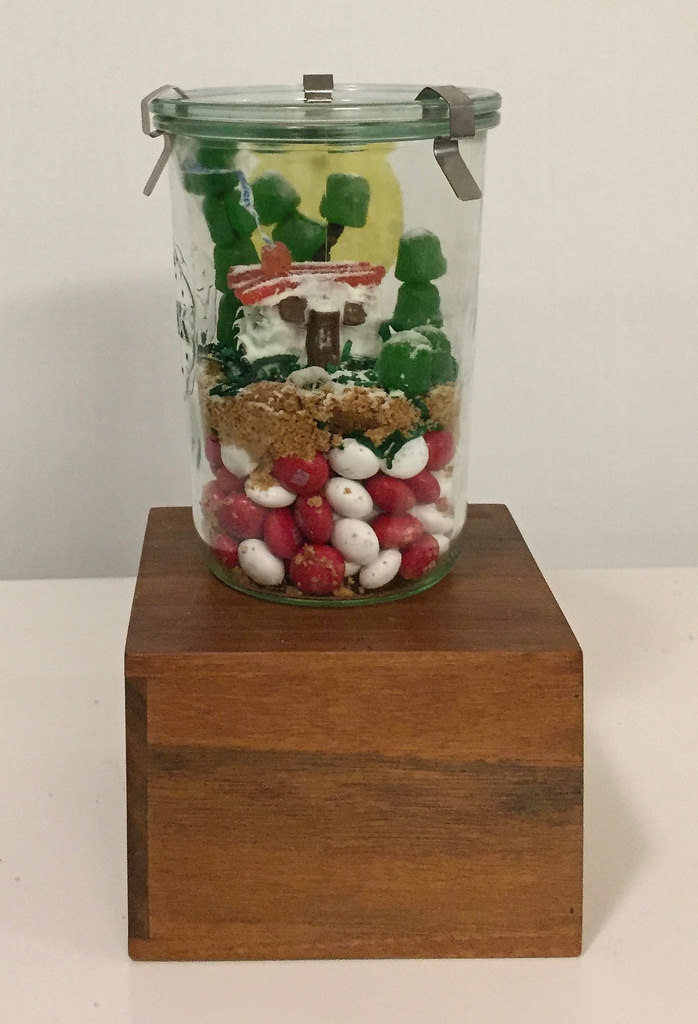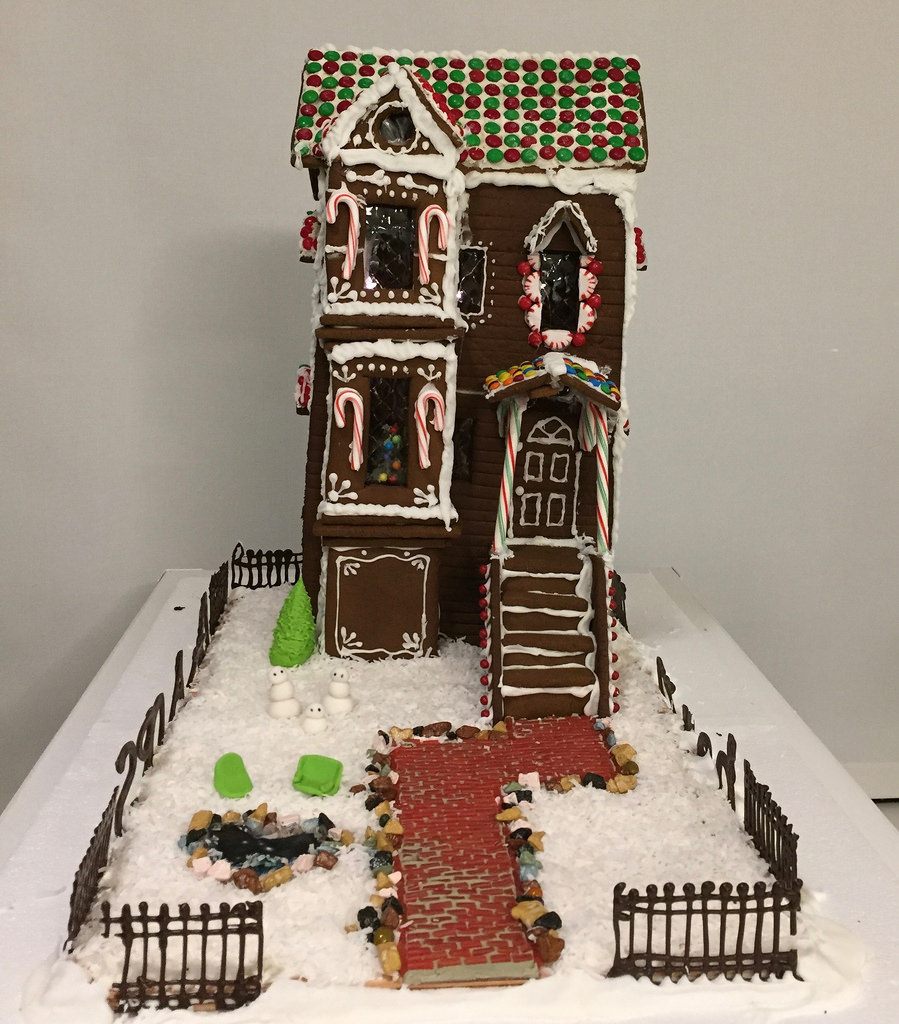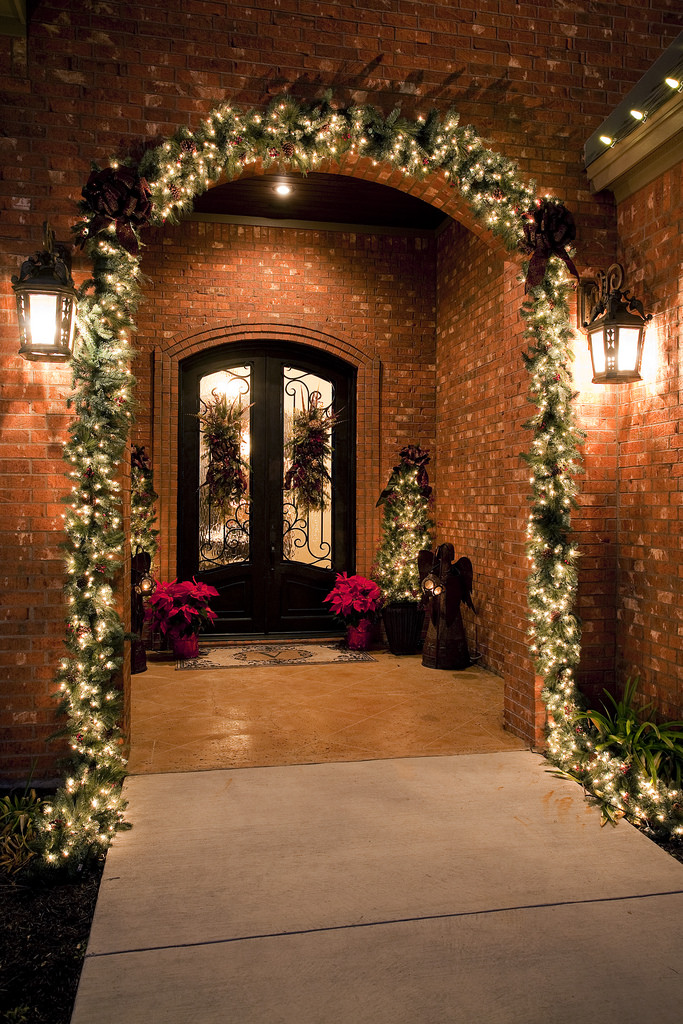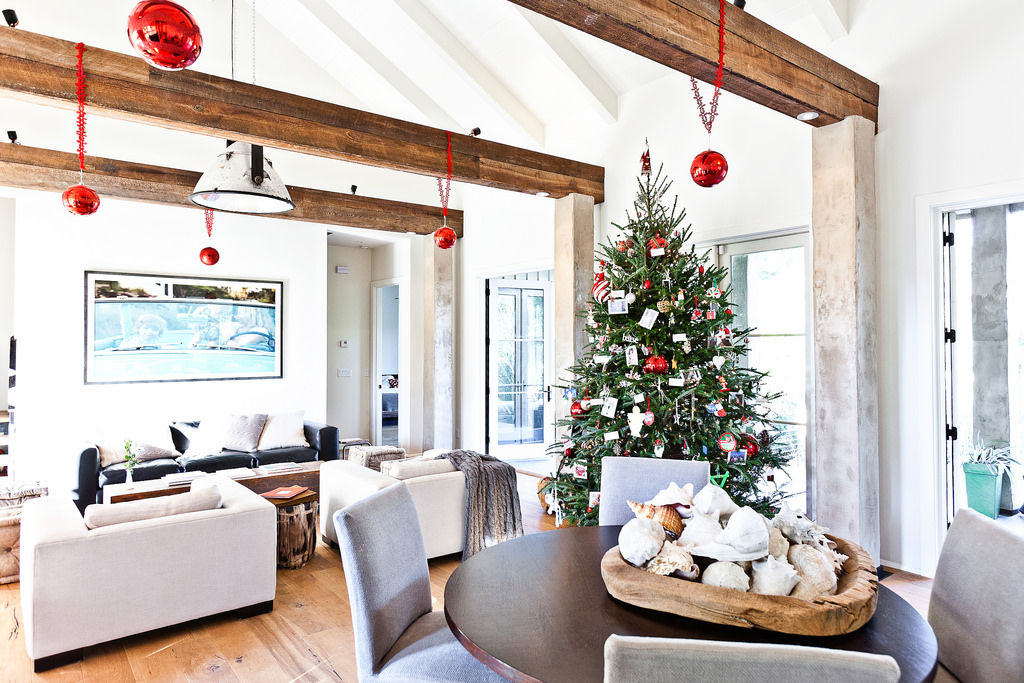
As a research scientist, Mark strives to solve challenging computer vision problems at Houzz with cutting edge deep learning algorithms. When he’s not at work, he can be found spending time with his family, playing tennis or jogging.
When did you first discover computer science?
When I was a second grader, I joined my school’s computer club. We learned how to program with BASIC. I loved computers and have been programming ever since.
How did you get into deep learning?
I started my career as a software engineer, but really enjoyed doing research. So, I went back to school for my PhD at Stanford in Electrical Engineering, which led me to machine learning. I was a believer in deep neural networks early on when I worked on speech recognition several years ago. The improvement achieved in that area with deep neural networks was breathtaking. The same is also true for computer vision problems I am working on at Houzz now. This is really an exciting time for AI.
What is the best part about working at Houzz?
The best part is getting to work with many very smart and talented co-workers. Everyone at Houzz has a single-minded focus on creating products that give our users the best experience possible.
What do you enjoy most about your role at Houzz?
I enjoy doing research and getting to work on very interesting computer vision and machine learning problems at Houzz. I also enjoy the fact that whenever I make good progress, I get to see the impact on our users’ experience immediately.
What’s your favorite thing you’ve worked on at Houzz?
Visual Match - a tool that detects and classifies objects in photos on Houzz and finds visually similar products from the Houzz Marketplace. Deep learning is an area that’s advancing very fast. It’s really interesting and rewarding to put it to work to solve real problems at Houzz.
What’s something that has surprised you about working at Houzz?
The people at Houzz are so much fun to be around. People feel like close friends and family here. It may sound like a cliche, but it’s 100% true.
What do you do when you’re not working?
I spend a lot of time doing fun things with my two daughters. For the small amount of time I have for myself, I like playing tennis and jogging. I also enjoy traveling with my family.
How have you used Houzz at home?
Yes, that’s how I first got to know Houzz. My wife and I started a renovation in 2012 and were looking for professionals. We found our architect for the project on Houzz, then used it for ideas throughout the remodel of two bathrooms and a living area. Now, we’re using Houzz for an exterior update. Our house is an ongoing project.



